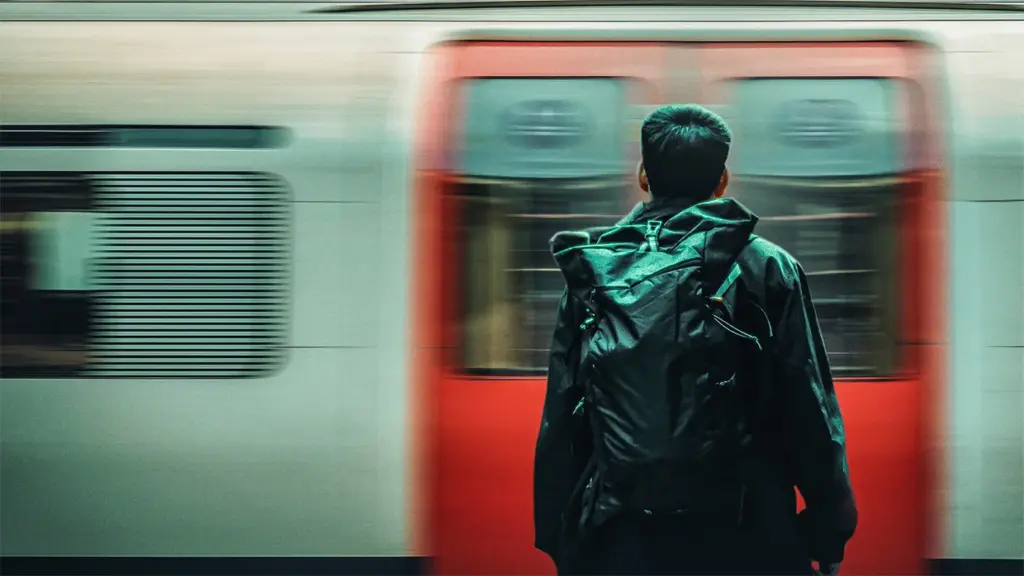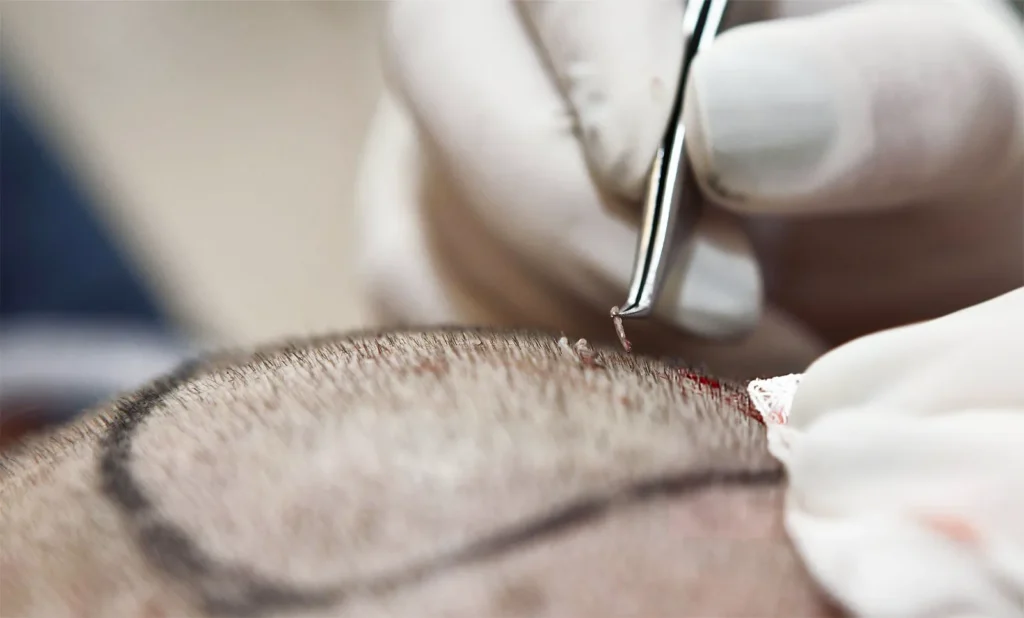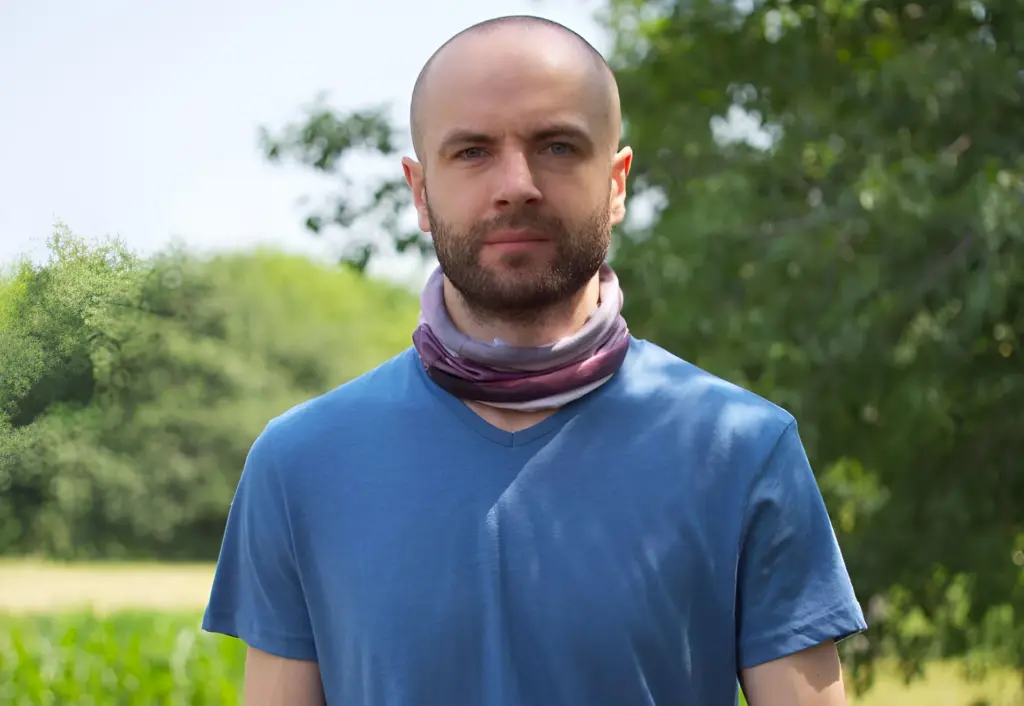Type and hit Enter to search
Experts in aesthetic surgery, dermatology, and beauty bring you the latest trends, research, and advice to help you make informed decisions about your appearance and health.
A web platform dedicated to aesthetic surgery, dermatology, and beauty, where expertise meets innovation, and your desires and needs become our mission. In a world where appearance and health go hand in hand, our platform leads the revolution, delivering the latest trends, research, and expert advice directly to you.
Our team consists of highly skilled professionals in the fields of aesthetic surgery and dermatology, committed to providing reliable information and guidance that will help you make informed choices about your appearance and well-being. We understand that every individual has unique needs and desires, which is why we approach each person with the utmost care and professionalism.
Powered by Aestetica Web Design © 2024
Bella Hadid's nose has been on quite a journey. From teenage rhinoplasty regret to embracing her ancestral schnoz, it's a rollercoaster of beauty standards, face tape tricks, and a whole lot of sisterly love.
Bella Hadid: Runway Dreams and Real-World Nightmares
Picture this: you’re barely a teenager, strutting down runways in Paris, Milan, and New York. Your face is plastered on billboards, magazine covers, and Instagram feeds worldwide. You’re living the dream, right? Well, not exactly. Behind the glitz and glam, young models like Bella Hadid face a unique kind of pressure cooker. Imagine growing up under the magnifying glass of the public eye, with every perceived flaw dissected and debated by online trolls and armchair critics.
“You’re too thin.” “Your nose is too big.” “Your skin isn’t perfect.” The constant barrage of criticism can chip away at even the most confident teenager’s self-esteem.
“It’s like being in high school, but on steroids,” Bella’s older sister, Gigi Hadid, once quipped during an interview. “Everyone has an opinion, and they’re not afraid to share it, no matter how hurtful.”
It’s no wonder that many young models turn to cosmetic procedures in a desperate attempt to fit into the industry’s narrow mold of “perfection.” It’s a vicious cycle – the pressure to conform leads to alterations, which further fuel the unrealistic beauty standards.
The Allure of Perfection: When Photoshop Isn’t Enough
Our society is obsessed with perfection. We’re bombarded with images of flawless faces and bodies, airbrushed to within an inch of their lives. It’s enough to make anyone feel inadequate, even supermodels.
“Social media has definitely amplified the pressure,” Bella admitted in a Vogue interview. “You see these filtered, Photoshopped versions of people, and it’s easy to forget that they’re not real.”
The problem is, the line between reality and fantasy is becoming increasingly blurred. With the rise of cosmetic procedures and photo editing apps, it’s harder than ever to tell what’s natural and what’s not. And let’s be honest, who hasn’t tried a little Facetune magic to smooth out a blemish or two?
But when does a harmless tweak become a slippery slope towards an unattainable ideal?
The Teenage Decision: A Nose Job at 14?
Bella Hadid was just 14 years old when she decided to have a rhinoplasty (aka a nose job). In her own words, “I wish I had kept the nose of my ancestors. I think I would have grown into it.” It’s a sentiment many of us can relate to, the hindsight realization that our teenage selves may not have made the wisest decisions.
But what drove a young Bella to go under the knife? Was it the pressure to conform to the industry’s beauty standards? A desire to please her model mother, Yolanda Hadid? Or simply a teenage insecurity amplified by the spotlight?
It’s a question that has sparked endless debate and speculation. Whatever the reasons, Bella’s decision at such a young age raises important questions about the influence of the fashion industry on vulnerable teenagers.
The Ripple Effect: Bella’s Nose, Your Insecurities
Love her or hate her, there’s no denying Bella Hadid’s influence. With millions of followers hanging on her every post, her choices have a ripple effect on society’s perception of beauty.
“When someone as famous as Bella gets a nose job, it sends a message that it’s okay, even desirable, to change your appearance,” explains Dr. Anthony Youn, a renowned plastic surgeon and author. “It can normalize cosmetic procedures for young people who may not fully understand the risks and potential regrets.”
On the flip side, Bella’s openness about regretting her surgery has also sparked conversations about the importance of embracing natural beauty and celebrating individuality. It’s a reminder that even the most seemingly “perfect” people have insecurities and that true beauty comes from within.
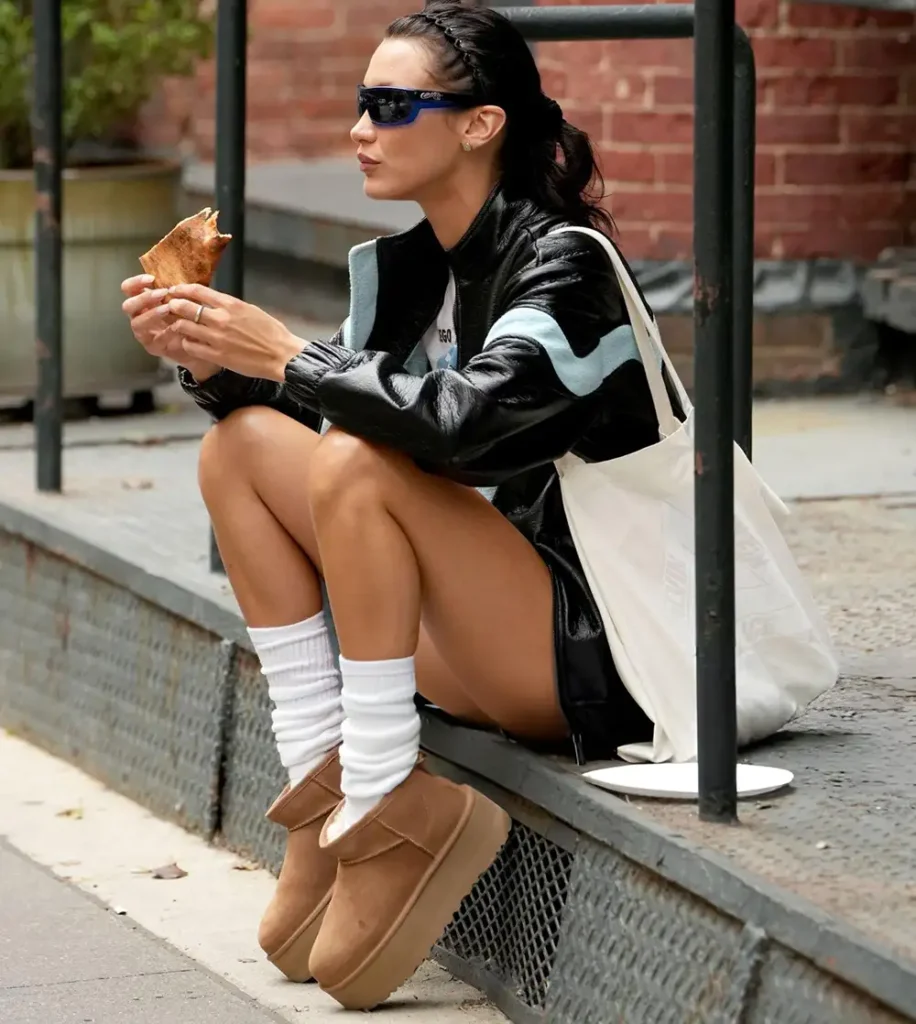
From Scalpel to Spotlight: Bella’s Nose, Version 2.0
So, Bella went under the knife at 14. Let’s talk about the nuts and bolts of rhinoplasty, shall we? It’s not exactly a walk in the park. The surgeon reshapes the nasal bones and cartilage, potentially making it smaller, narrower, or changing the angle of the tip. Think of it as a nose makeover, extreme edition.
Of course, like any surgery, there are risks: infection, scarring, breathing difficulties, and the dreaded “overdone” look. Remember Michael Jackson’s nose? Yeah, we don’t want that. Fortunately for Bella, the procedure seemed to go smoothly. She emerged with a more refined, delicate nose that fit the conventional beauty standards of the modeling industry.
Immediately after the surgery, Bella probably looked like she’d gone a few rounds with a prizefighter. Swelling, bruising, and a nose that resembled a tiny, wrapped-up mummy are all par for the course. But as the weeks passed, the bandages came off, the swelling subsided, and Bella’s new nose took center stage.
A Conflicted Heart: “I Wish I Had Kept the Nose of My Ancestors”
Fast forward a few years, and Bella Hadid is a bonafide supermodel, gracing magazine covers and walking runways for the biggest names in fashion. But something unexpected happened: she started to have second thoughts about her nose job.
In a candid interview with Vogue, Bella confessed, “I wish I had kept the nose of my ancestors. I think I would have grown into it.” Cue the collective gasp of the internet. A supermodel regretting plastic surgery? It was practically unheard of.
Bella’s confession sparked a wave of introspection among her fans and followers. Had she succumbed to societal pressures to alter her appearance? Was she experiencing the classic “buyer’s remorse” that sometimes follows cosmetic procedures?
“I think it’s a natural part of growing up and evolving,” says Dr. Michelle Yagoda, a facial plastic surgeon. “As we get older, our priorities and perspectives change. What we once saw as a flaw might later become a cherished part of our identity.”
Bella’s words resonated with many who had also struggled with body image issues or felt pressured to conform to unrealistic beauty standards. Her honesty was a breath of fresh air in an industry often shrouded in artifice.
Embracing Heritage: Team Ancestors!
Bella’s regret over her nose job sparked a broader conversation about the importance of embracing one’s cultural heritage and natural features. In an era where cosmetic procedures are increasingly common, there’s a growing movement towards celebrating individuality and rejecting the cookie-cutter beauty ideals.
“I’m proud of my Palestinian roots,” Bella has said. “I want to represent Arab women and show them that we can be successful and beautiful in our own unique way.”
This newfound appreciation for her heritage has led Bella to champion diversity and inclusivity in the fashion industry. She’s spoken out against the lack of representation for models of color and has used her platform to promote a more accepting and diverse definition of beauty.
The “Face Tape” Illusion: The Oldest Trick in the Book
So, if Bella regrets her nose job, why does she still look so darn lifted? The secret, it turns out, is not another surgical procedure but a clever illusion: face tape.
“Whoever thinks I’ve gotten my eyes lifted or whatever it’s called—it’s face tape!” Bella revealed in the Vogue interview. “The oldest trick in the book.”
Face tape is a non-invasive technique that involves strategically placing small pieces of tape behind the ears and along the hairline to lift and tighten the skin. It’s a temporary fix, but it can create a dramatic difference in appearance.
Bella’s willingness to share this beauty hack has been met with mixed reactions. Some applaud her honesty and transparency, while others criticize her for promoting unrealistic expectations and perpetuating the pressure to look “perfect.”
Regardless of where you stand on the issue, one thing is clear: Bella Hadid’s journey with her nose job has been anything but straightforward. It’s a story of regret, self-discovery, and ultimately, a celebration of individuality.
Before and After: A Tale of Two Bellas (and a Few Eyebrows)
Let’s play a game of spot the difference. Picture a young Bella Hadid, pre-nose job, with a slightly wider, more prominent nose. Her face is rounder, softer, with a youthful charm. Now, picture Bella post-rhinoplasty, with a more angular, chiseled nose that complements her high cheekbones and almond-shaped eyes. It’s a subtle change, but it’s enough to alter her overall look significantly.
Fans and critics alike have poured over “before and after” photos, debating the merits of the change. Some argue that the new nose enhances Bella’s features, while others lament the loss of her unique, pre-surgery charm.
“It’s like watching a caterpillar transform into a butterfly,” one fan commented on a Reddit thread dedicated to Bella’s evolution. “She was beautiful before, but now she’s absolutely stunning.”
Others, however, weren’t so impressed. “She looked more interesting before,” one critic wrote. “Now she just looks like every other generic model.”
Whether you prefer Bella’s pre- or post-nose job look is a matter of personal taste. But one thing is undeniable: the rhinoplasty marked a turning point in her career, propelling her to supermodel status and solidifying her place as a fashion icon.
The Hadid Sisters: Double the Trouble, Double the Fun
If you thought one Hadid was enough to handle, buckle up, because there’s another one! Gigi Hadid, Bella’s older sister, is also a world-renowned supermodel, and the two are often compared and contrasted.
While both sisters are undeniably gorgeous, their beauty is distinct. Gigi is known for her more classic, all-American look, with blonde hair, blue eyes, and a sun-kissed glow. Bella, on the other hand, exudes a more exotic, edgy vibe, with her dark hair, olive skin, and piercing gaze.
“We’re like yin and yang,” Gigi once said of their relationship. “We complement each other, both in our personalities and our looks.”
Their differences extend to their approach to beauty as well. While Bella has been open about her nose job and occasional face tape use, Gigi has maintained that she’s never had any cosmetic procedures.
“I’ve always been happy with my face,” Gigi told Harper’s Bazaar. “I believe in aging gracefully and embracing the changes that come with it.”
Whether it’s nature or nurture, one thing is clear: the Hadid sisters are a force to be reckoned with, each carving out her own unique path in the fashion industry.
Beyond the Nose: Makeup, Moods, and a Whole Lot of Fashion
Bella Hadid’s beauty evolution isn’t just about her nose. It’s about her entire aesthetic, from her signature winged eyeliner and bold brows to her ever-changing hair color and fashion choices.
“I love experimenting with my look,” Bella told Vogue. “One day I’ll be rocking a 90s-inspired grunge vibe, and the next, I’ll be channeling old Hollywood glamour.”
Her versatility is part of what makes her so fascinating. She’s not afraid to take risks, whether it’s sporting a neon green bob or wearing a dress made entirely of safety pins.
“Bella’s style is constantly evolving,” says Elizabeth Sulcer, Bella’s stylist. “She’s always pushing boundaries and trying new things. It’s what makes her such a fashion icon.”
But it’s not just about clothes and makeup. Bella’s beauty is also reflected in her confidence and charisma. She owns her look, whatever it may be, and that’s what makes her truly shine.
A New Chapter: Embracing Natural Beauty (and Maybe a Little Face Tape)
In recent years, Bella Hadid has become more vocal about embracing natural beauty and self-acceptance. She’s spoken out against the unrealistic standards perpetuated by the fashion industry and has encouraged her followers to love themselves just the way they are.
“It’s taken me a long time to learn to love myself,” Bella admitted in an Instagram post. “But I’m finally in a place where I can say that I’m happy with who I am, flaws and all.”
This newfound self-love hasn’t stopped Bella from experimenting with her look, of course. She still loves playing with makeup and fashion, and she’s not afraid to admit that she uses face tape to enhance her features.
“I’m all for doing whatever makes you feel confident and beautiful,” Bella said in a recent interview. “Whether it’s face tape, makeup, or a good old-fashioned smile, the most important thing is to be happy with yourself.”
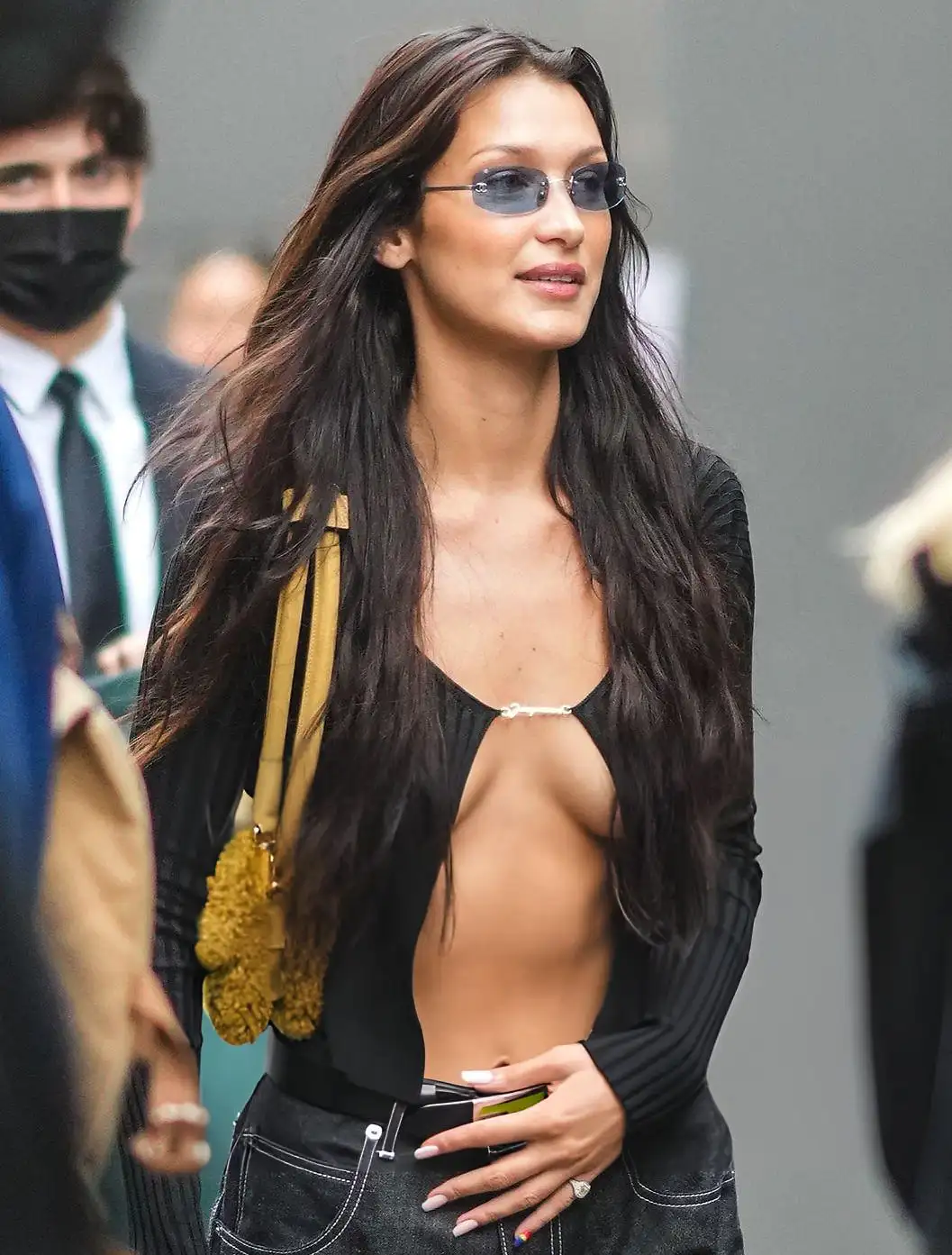
Reversing the Trend: The Rise of Revision Rhinoplasty
So, you’ve had a nose job, and now you’re having second thoughts. Welcome to the club! It turns out, Bella isn’t the only one with rhinoplasty regrets. In fact, revision rhinoplasty, a procedure designed to correct or improve the results of a previous nose job, is on the rise.
Think of it as a “do-over” for your nose. It’s like hitting the reset button on a video game, but with slightly higher stakes and a longer recovery time. The surgeon will reassess your nasal structure, address any complications from the initial surgery, and work to create a more natural or aesthetically pleasing result.
Of course, it’s not as simple as waving a magic wand (or scalpel). Revision rhinoplasty is often more complex than the original procedure, as the surgeon must work with existing scar tissue and altered anatomy. But for many, the chance to regain their natural look or achieve a more satisfactory outcome is worth the effort.
The Emotional Journey: From Regret to Reclaim
The decision to undergo revision rhinoplasty is often driven by a mix of emotional and aesthetic factors. For some, it’s about reclaiming their identity and undoing a decision they regret. For others, it’s about correcting functional issues or achieving a more balanced look.
“I felt like I’d lost a part of myself,” one revision rhinoplasty patient shared on a RealSelf forum. “I wanted to look in the mirror and see the person I was meant to be.”
Another patient explained, “My nose job left me with breathing difficulties and a pinched look. I wanted to fix those problems and feel more confident in my appearance.”
The emotional journey of revision rhinoplasty can be a rollercoaster. There’s the initial excitement of potentially correcting a past mistake, followed by the anxiety of undergoing another surgery and the anticipation of the results. But for many patients, the outcome is life-changing.
“I feel like I’ve finally gotten my old nose back,” one patient exclaimed after her revision surgery. “It’s like a weight has been lifted off my shoulders.”
A Growing Trend: Revision Rhinoplasty Takes Center Stage
Revision rhinoplasty is no longer a niche procedure. It’s becoming increasingly popular, as more and more people seek to modify or reverse the results of previous cosmetic enhancements.
According to the American Society of Plastic Surgeons, the number of revision rhinoplasty procedures has increased by 15% in the last five years. This trend is driven by several factors, including:
- Improved surgical techniques: Advances in rhinoplasty techniques have made revision surgery safer and more effective.
- Increased awareness: Celebrities like Bella Hadid have helped to destigmatize the discussion of plastic surgery and revision procedures.
- Shifting beauty ideals: There’s a growing appreciation for natural beauty and individuality, leading many to seek a more authentic look.
As Dr. Rod Rohrich, a leading plastic surgeon, puts it, “We’re seeing a shift away from the ‘cookie-cutter’ approach to beauty. People want to look like the best version of themselves, not like someone else.”
The Future of Beauty: Authenticity is the New Black (Nose)
So, what does the future hold for the world of beauty? If Bella Hadid and the rise of revision rhinoplasty are any indication, it’s a future where authenticity and individuality are celebrated.
“I think we’re moving towards a more inclusive definition of beauty,” says beauty influencer Jackie Aina. “It’s not about fitting into a mold anymore. It’s about embracing your unique features and expressing yourself in a way that feels authentic.”
This shift is being driven by a new generation of consumers who are demanding more transparency and diversity from the beauty industry. They’re not afraid to challenge outdated standards and redefine what it means to be beautiful.
So, whether you’re rocking your natural nose or considering a revision rhinoplasty, remember: the most important thing is to feel confident and comfortable in your own skin. After all, beauty is not about perfection; it’s about embracing your individuality and owning your look, whatever that may be.


